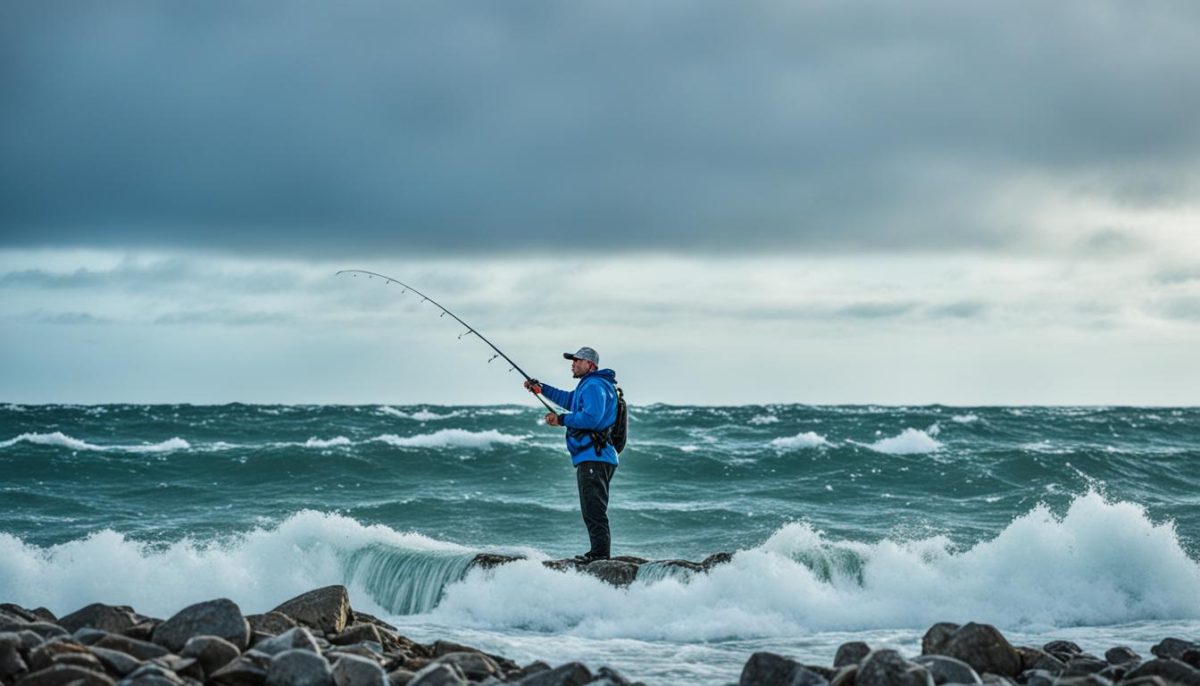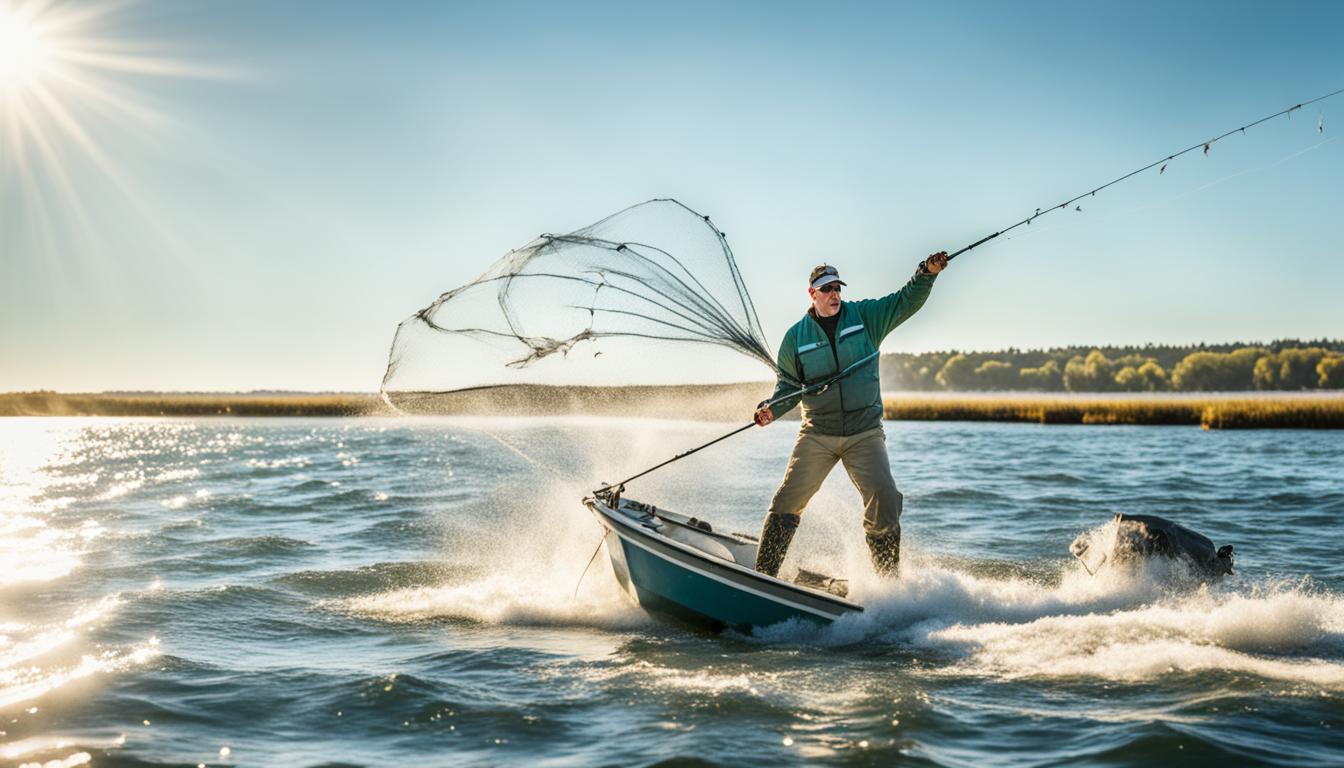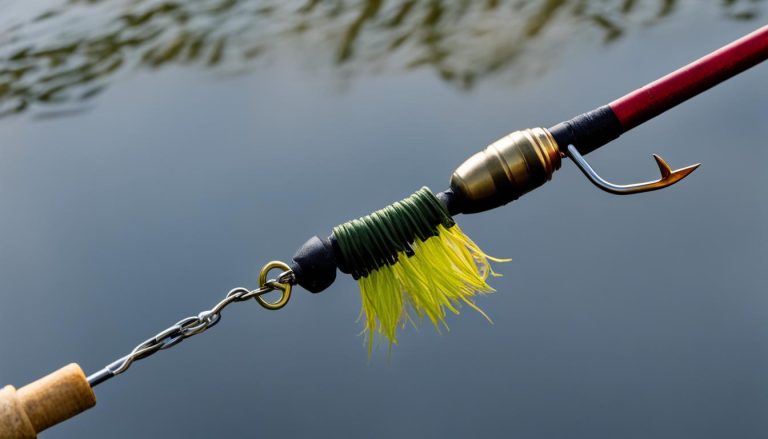Welcome to our comprehensive guide on catching mullet! Whether you’re an experienced angler or a beginner, this article will provide you with three effective techniques to enhance your fishing skills and increase your chances of success. From cast net fishing to line and hook fishing, as well as the art of fly fishing, we’ll cover it all. Read on to learn the best methods for catching mullet and get ready for a rewarding fishing experience. Let’s dive in!
Technique 1: Cast Net Fishing
One of the most effective techniques for catching mullet is using a cast net. Mullet tend to swim in large schools, making them a perfect target for this method. By casting a net over a school of mullet, you can quickly catch several fish at once.
Look for signs of mullet activity, such as jumping or swirling water, and carefully approach the school. Cast the net around the edges of the school, ensuring it sinks with the weight at the bottom. With a quick pull, the net will close, trapping the mullet inside.
Remember to use the right size of net for the size of mullet you’re targeting, and check local regulations for any restrictions on cast net usage.

Advantages of Cast Net Fishing:
- Efficient – Cast nets allow you to catch multiple mullet at once, saving time and effort.
- Target Large Schools – Mullet often swim in large schools, increasing your chances of a successful catch.
- Versatile – Cast nets can be used in various fishing environments, including rivers, lakes, and coastal areas.
Disadvantages of Cast Net Fishing:
- Requires Skill – Proper technique is necessary to cast the net accurately and effectively.
- Regulations – Some areas may have restrictions on cast net usage, so check local regulations before fishing.
- Size Limitations – Using the right size of net is crucial to avoid catching undersized mullet or other unintended species.
| Pros | Cons |
|---|---|
| Efficient | Requires Skill |
| Target Large Schools | Regulations |
| Versatile | Size Limitations |
Technique 2: Line and Hook Fishing
Line and hook fishing is another popular method for catching mullet. This technique requires some skill and patience, but it can yield excellent results. Start by selecting the right size and type of fishing line, typically a monofilament line in the 8 to 12-pound test range. Tie on a small circle hook and choose a suitable bait, such as pieces of bread, shrimp, or small fish.
Mullet are known for their cautious nature, so it’s important to present your bait in a way that appears natural. Cast your line near mullet activity, and try to blend in with your surroundings to avoid spooking the fish. Be patient and wait for the mullet to take the bait before setting the hook.
Bait Selection
When it comes to selecting bait for line and hook fishing, mullet can be quite picky. It’s essential to use bait that mimics their natural food sources and appeals to their senses. Here are some effective bait options:
- Pieces of bread
- Shrimp
- Small fish
Experiment with different types of bait to see what the mullet in your area prefer. Remember to handle the bait with clean hands to minimize the transfer of foreign scents.
Additionally, consider using bait rigs or attractants to enhance the presentation of your bait and increase your chances of success. These tools can help make your bait more visible and enticing to the mullet, making them more likely to bite.
Stealthy Approach
Mullet have keen senses and can be easily spooked by unnatural movements or vibrations in the water. To increase your chances of catching mullet, adopt a stealthy approach:
- Move slowly and quietly when approaching mullet activity.
- Avoid making sudden movements or loud noises that could startle the fish.
- Wear clothing that blends in with the surroundings to minimize your visibility.
- Use polarized sunglasses to see beneath the water’s surface and locate mullet.
By being stealthy and observant, you can position yourself in a favorable location and increase your chances of successfully hooking a mullet.

Technique 3: Fly Fishing
Fly fishing for mullet can be both challenging and rewarding. This technique requires some experience with fly casting and an understanding of mullet behavior.
Start by selecting the right fly rod and reel setup, typically a 7 to 9 weight rod paired with a saltwater reel. Mullet are primarily herbivorous, so imitative flies that mimic small crustaceans or vegetation are effective choices.
When targeting mullet, accuracy in casting is crucial. Look for mullet feeding on the surface or tailing in shallow water and cast your fly just ahead of them. Make gentle presentations to avoid spooking the fish. Patience and persistence are key when fly fishing for mullet, as they can be selective in their feeding habits.




